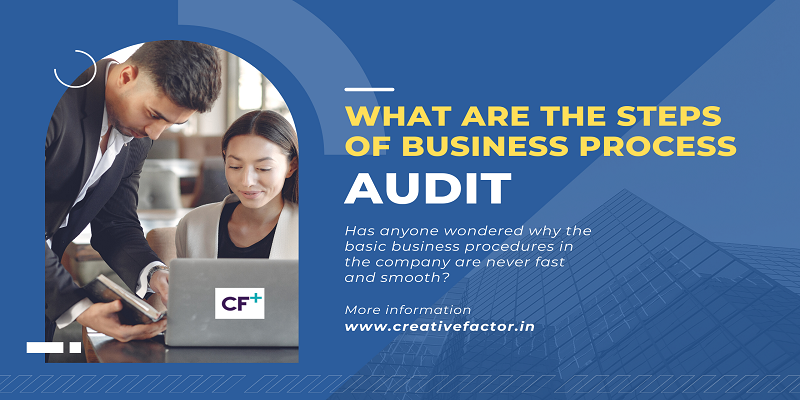What are the Steps of Business Process Audit

Has anyone wondered why the basic business procedures in the company are never fast and smooth? These procedures may include purchase requests, employee onboarding, access requests, etc. These processes are impossible to complete fast, and there is always confusion and mismanagement.
One of the most common reasons behind inefficient processes is the failure to examine and streamline. To keep the processes at peak efficiency, the companies can take help from business process audit services India.
These processes are vital as they are the core of any business. Business owners prefer to operate the processes at high efficiency. It lets them enable quick processing and make faster steps toward their goals.
Business Process Audit
A business process audit includes a series of steps that need to be followed while auditing and analyzing an organization’s business process. Unlike certification standards, most business industries follow a common method of function. A person who understands and has access to the entire process can conduct the process audit.
Three Steps of a Business Process Audit
A business process can be audited in three basic steps. These three steps are;
Preparation of Data
One must determine a specific time frame that gives enough sample data. Employees don’t fix faulty audit processes by auditing them frequently. Therefore, a specific time is required that offers meaningful data to work with.
When the sample data suggests, one can take action only then. It may be a quarter or a month, according to the number of requests. The critical metrics and KPIs that the employee must measure are;
● Average cycle time.
● List of the common errors.
● The number of errors and reworks.
● The number of in-progress, unattended, and lost requests.
● Steps that need the highest processing time.
Besides these quantitative data, one should also collect qualitative data by taking feedback from individual stakeholders in the process. Make sure to have all the required information before going to the next step.
Analyze the Process
Average cycle time gives a basic idea of how fast and efficient the process functions. The employee can get an overall idea of how every step is working together. If the cycle time is low, the process goes smoothly.
If the cycle time is high, something must be done to bring it down. One can take Training Program Development to learn more about process analysis. As errors are the most vital metric of a business process, one must find where the frequency of errors is high.
Make Changes to the Process
When the auditor makes considerable changes in the process, everyone must be aware of the changes and the reason behind them. It helps to avoid errors in the future. The auditor should introduce changes in small iterations.
They can deploy the new process for a short time and see its performance. If there are any challenges, they must address them. Once everyone understands and becomes comfortable with the new process, the auditor can deploy it ultimately.
Visit this page to get more ideas.



